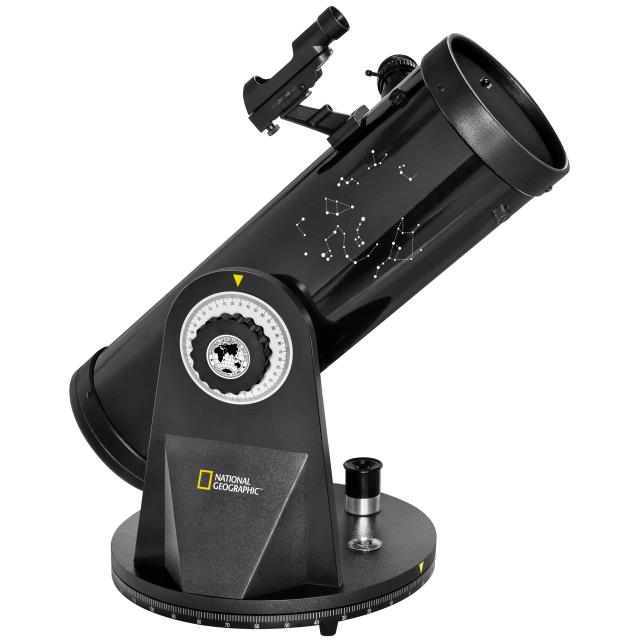smoker
Striker
I'm well out the loop mate. Work and kid pressures mean I haven't been able to devote much time to the hobby for the last few years.@smoker any tips for the newbies?
However the advice I always give to beginners is to keep it simple to start with. Start with binoculars, especially if you live in a light polluted area and need to travel to dark skies. Then move up to a simple goto alt-az scope or a dobsonian reflector and learn the objects in the sky. Having to polar align puts a lot of beginners off, so avoid equatorial mounts until you're a lot more comfortable with the hobby.
Tagging @Shusssh too. Sorry for being a long time in answering.
This months Sky At Night magazine reviewed two which are a reasonable starter scope.
Sky-Watcher StarQuest 130P Newtonian reflector review at £199.
It looks like as you progress you can upgrade this to a motorised mount
Another option for just over £100 is the National Geographic 114/500 Compact Telescope. If you literally want to nip out and have a look at the moon, planets and a few star clusters then these look quick and easy to set up, just plonk them on a sturdy table top. If you have kids you want to get interested or go on holidays to dark country cottages or campsites then look ideal for 20 minutes of star gazing. The downside is no motorisation, no auto-guide 'show me cool stuff' functions. If you want to then move into anything more advanced it is a case of starting again. The moon should look good through it though:

Telescope House - Telescope Specialist since 1785 | NATIONAL GEOGRAPHIC 114/500 Compact Telescope | Call 01342 837 098 for Sales and Advice
Shop NATIONAL GEOGRAPHIC 114/500 Compact Telescope online from your expert for ✓telescopes! Brand: National Geographic ★Price: 162.99€ Category: Telescopes►Beginnerswww.telescopehouse.com
I've only ever talked to Rother Valley by mail, but they seem good, quick to respond and very helpful. They have a range of beginner stuff at:
I'd have a browse through and give them a ring.Beginners Telescopes - Rother Valley Optics Ltd
The best place for a wide range of Astronomical Telescopes, Binoculars, Spotting Scopes & Accessories all at internet prices. Celestron, Skywatcher, Baaderwww.rothervalleyoptics.co.uk
Another option is to find a local astronomy club (you might have to wait until after covid). Tell them you are new and interested and does anyone have any low price scopes they could have a look through to get an idea. You can get mixed feelings. Seeing Saturn and Jupiter through a small scope has a 'wow' sense of feeling. On Jupiter you can just make out the bands, but can clearly see the 4 brightest moons. On Saturn you can see the rings, but size wise both appear a bit smaller than the bit punched out by a hole punch. Some people expect Hubble images. The moon is always good through a small scope and in some ways can be better as you can fit more of it into view.
I've always found Rolley Valley Optics really reliable. The other supplier I would recommend is Bern from Modern Astronomy. He can source pretty much anything.
Last edited:


